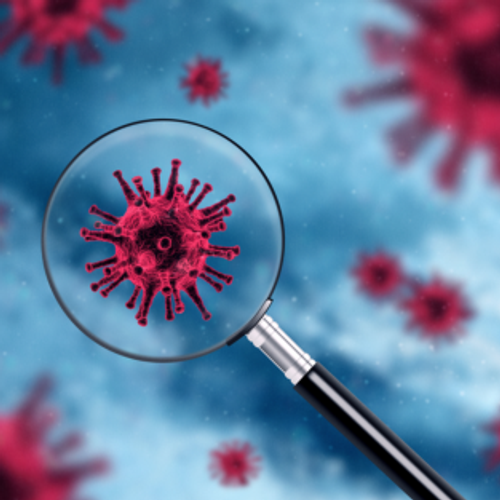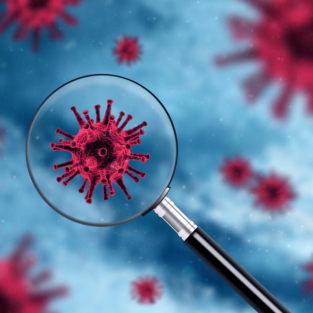A new virus is spreading across the globe. Use gel electrophoresis to determine if patients complaining of viral symptoms have seasonal flu or are infected with the new virus.
This lab demonstrates the power that molecular techniques bring to managing infectious disease outbreaks.
In this case study, students act as healthcare providers, diagnosing four patients who have arrived at their clinics complaining of flu-like symptoms.
Students will use gel electrophoresis to discern whether their patients are suffering from seasonal flu or a new and dangerous emerging virus.
An optional extension offers an introduction to DNA sequence analysis and its applications in epidemiology for more advanced students.
Key info and benefits:
- Techniques: Micropipetting, gel electrophoresis
- Topics: Infectious disease, molecular and clinical diagnostics, evolution, biotechnology
- Time required: Can be completed in one 45-minute class period
- Level: Late primary school through to university studies
- The miniPCR Viral Diagnostics Lab kit contains DNA samples for 8 lab groups of up to 4 students each (32 students).
- These DNA samples are optimised for blueGel™ electrophoresis systems. For post-staining techniques, more sample may be required per well.
- Reinforces how molecular tools allow healthcare providers to diagnose hard-to-distinguish infections.
Kit includes:
- 4 patient DNA samples
- 1 control DNA sample
- 1 tube of DNA molecular weight marker (Fast DNA Ladder 1)
- See notes for extra requirements
Notes:
- See resources below for the lab teacher's guide and student guide. Contact team @ Southern Biological for answers key.
- This kit provides DNA samples, DNA ladder and gel loading dye only.
- To perform this lab, you will require electrophoresis equipment; such as electrophoresis chamber, agarose, TBE buffer and Midori green gel stain. Our electrophoresis starter kit contains the hardware and reagents required.
- For best results, we recommend running your gels in the blueGel electrophoresis chamber.
- If you do not have a blueGel electrophoresis unit with built-in illuminator, we have a transilluminator onto which you can place your gels to visualise your results immediately after the electrophoresis run is complete.
- These DNA samples require frozen storage, which will keep them stable for 12 months.
- They are stable for a couple of weeks at room temperature.










